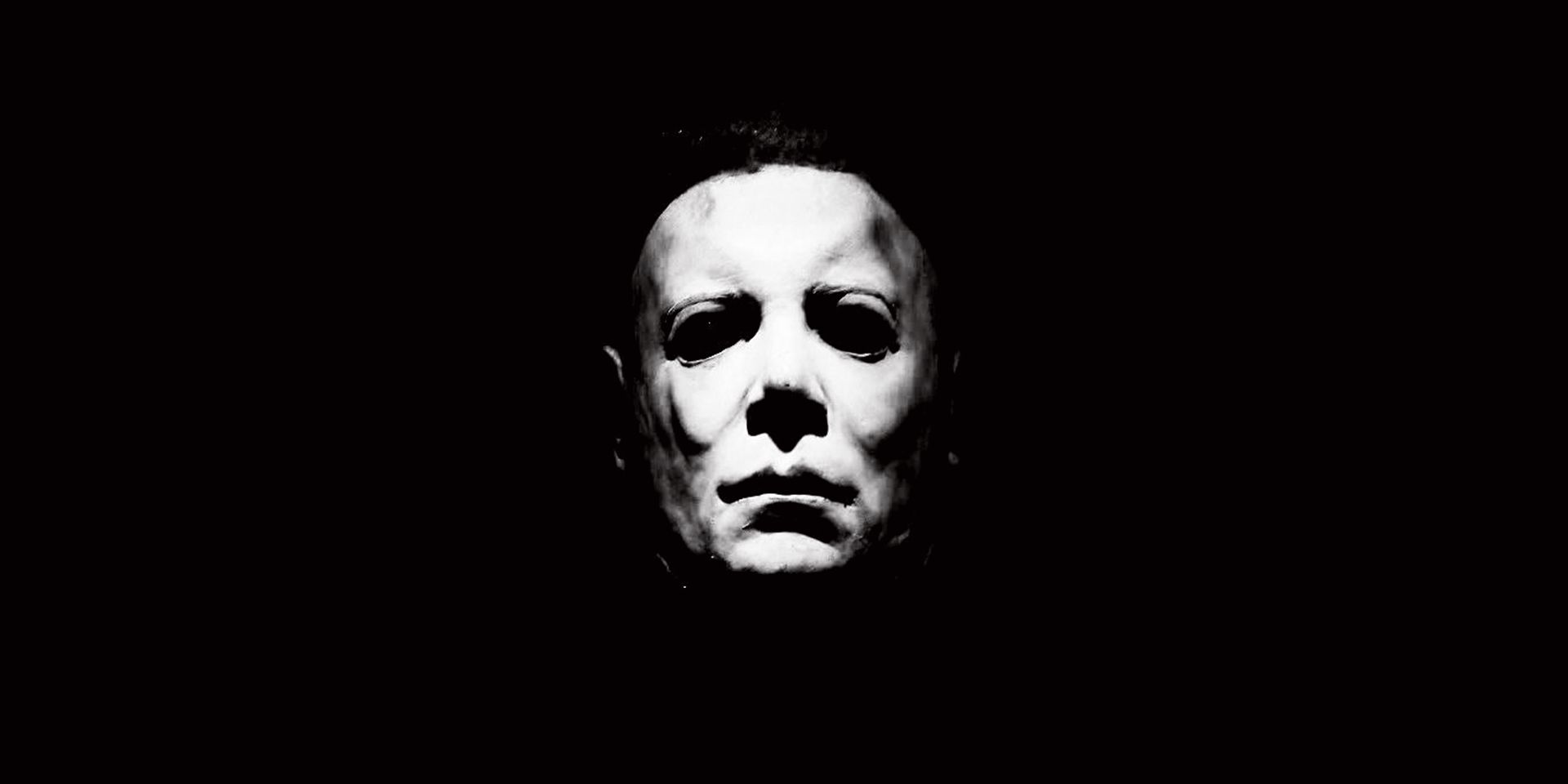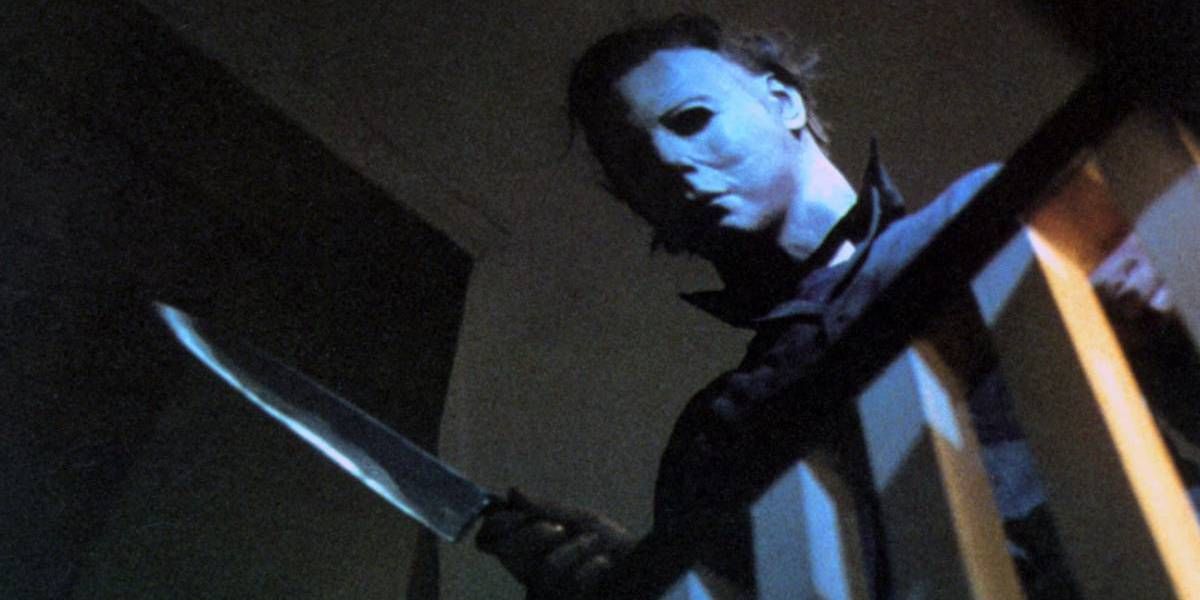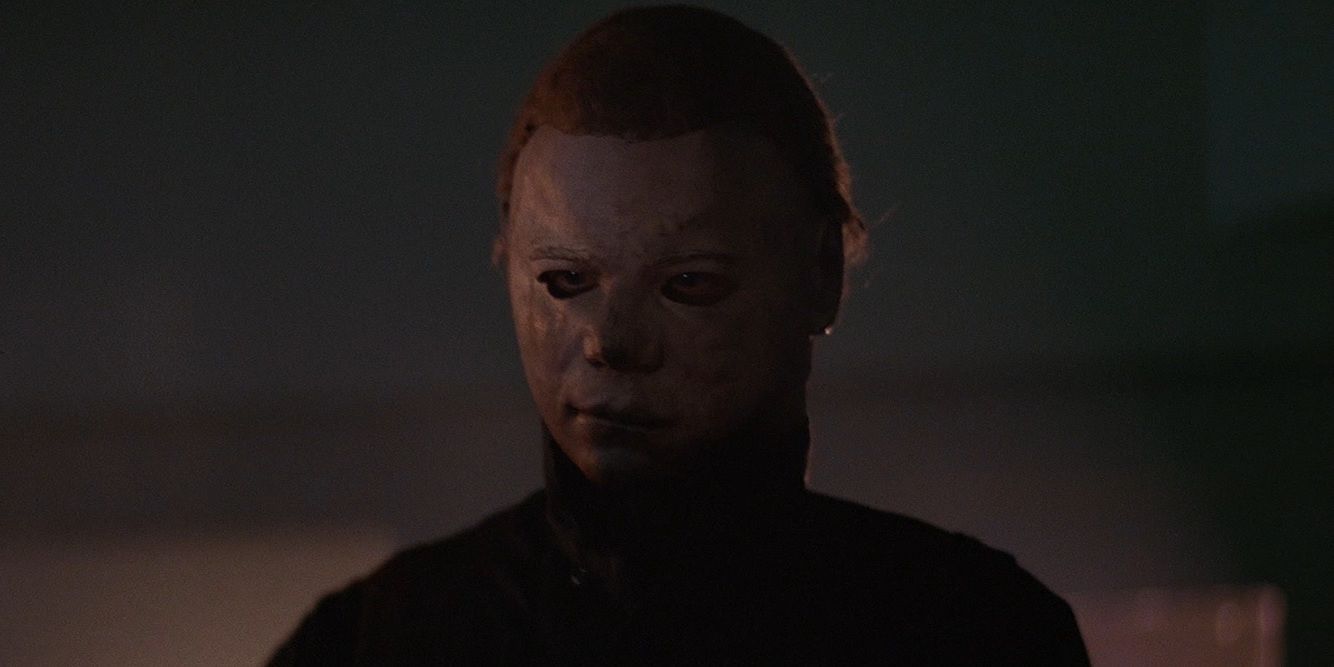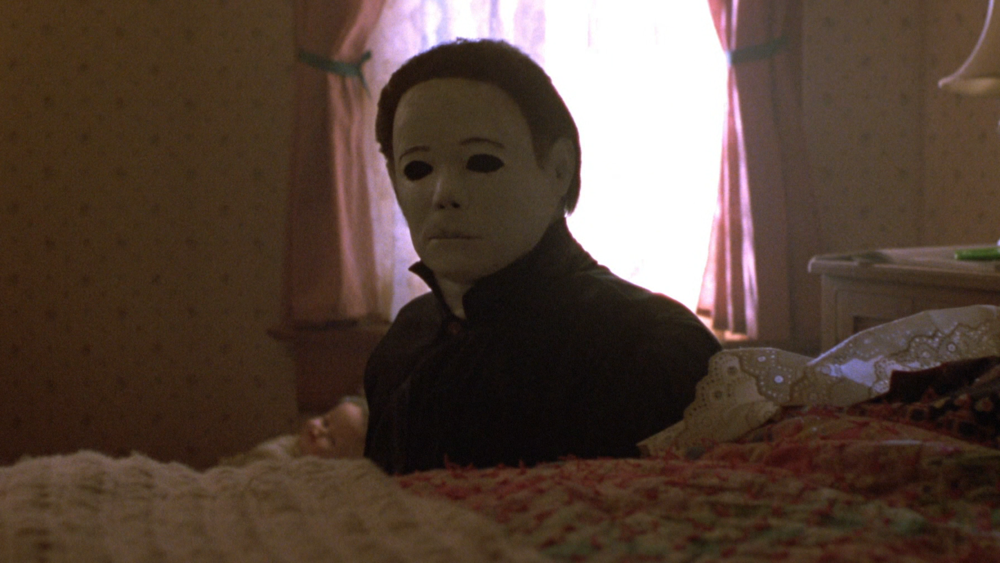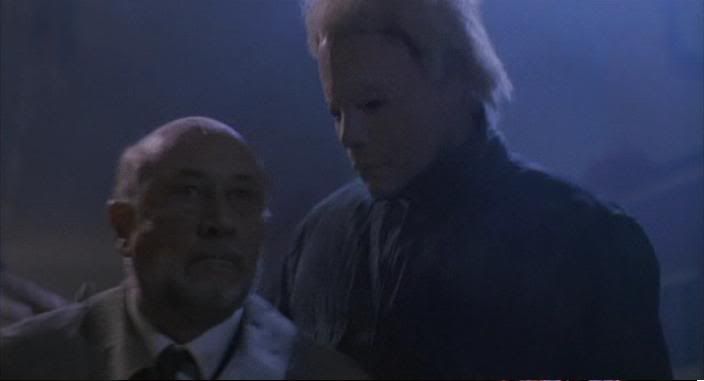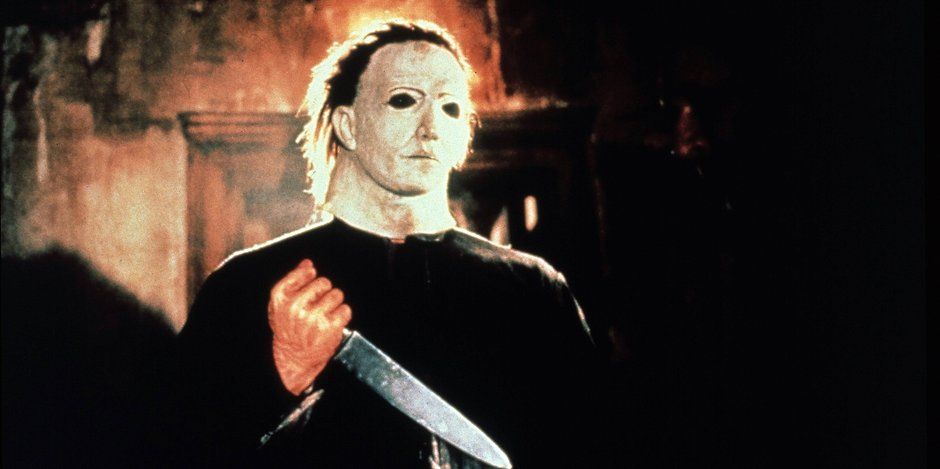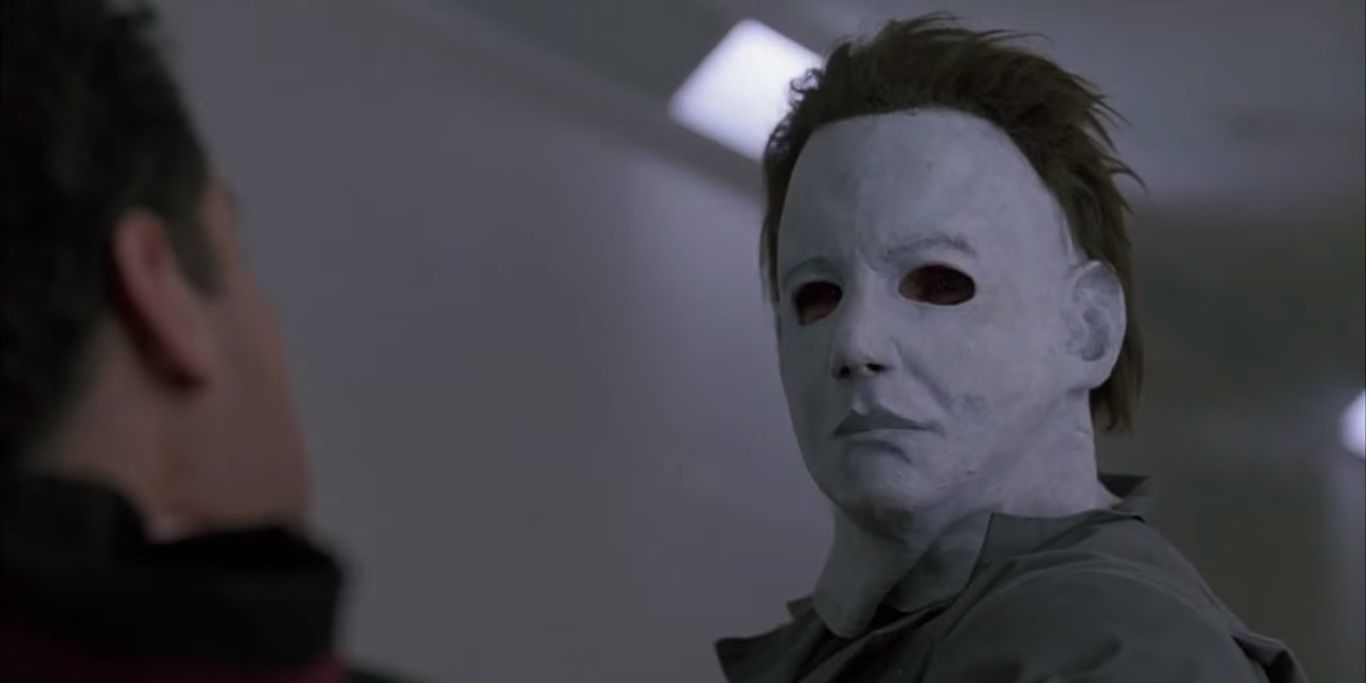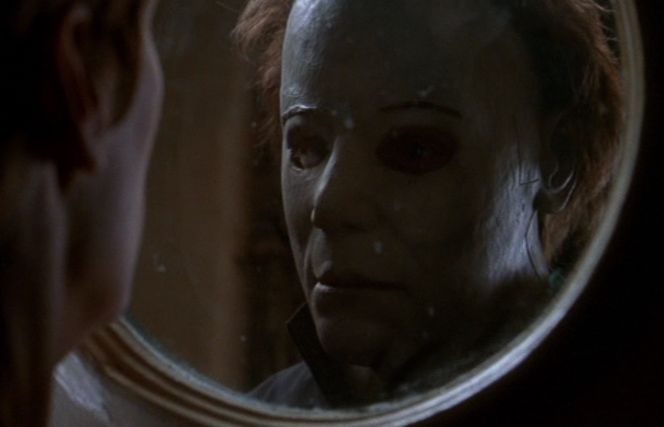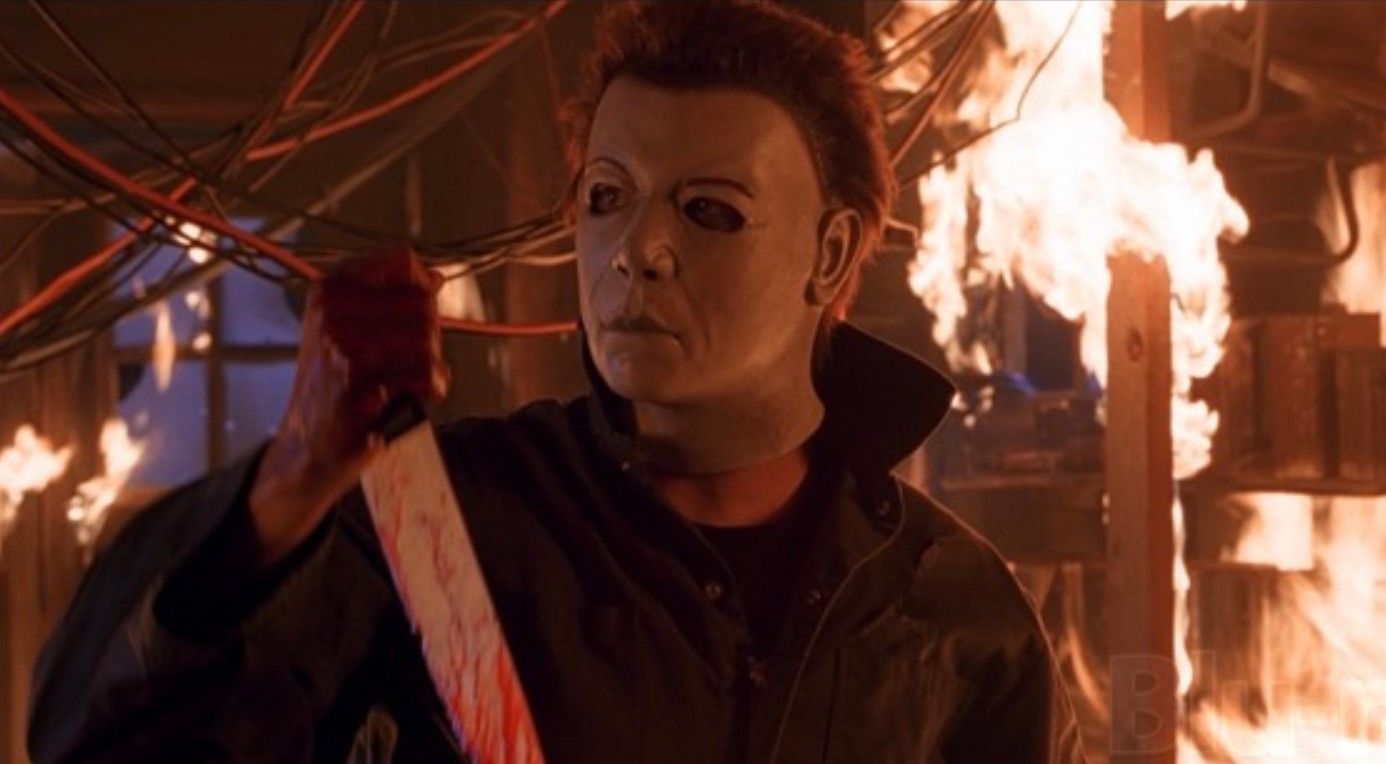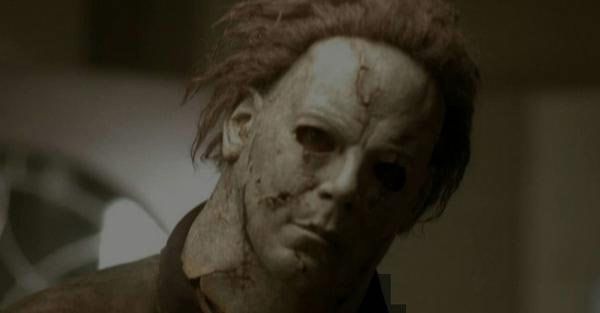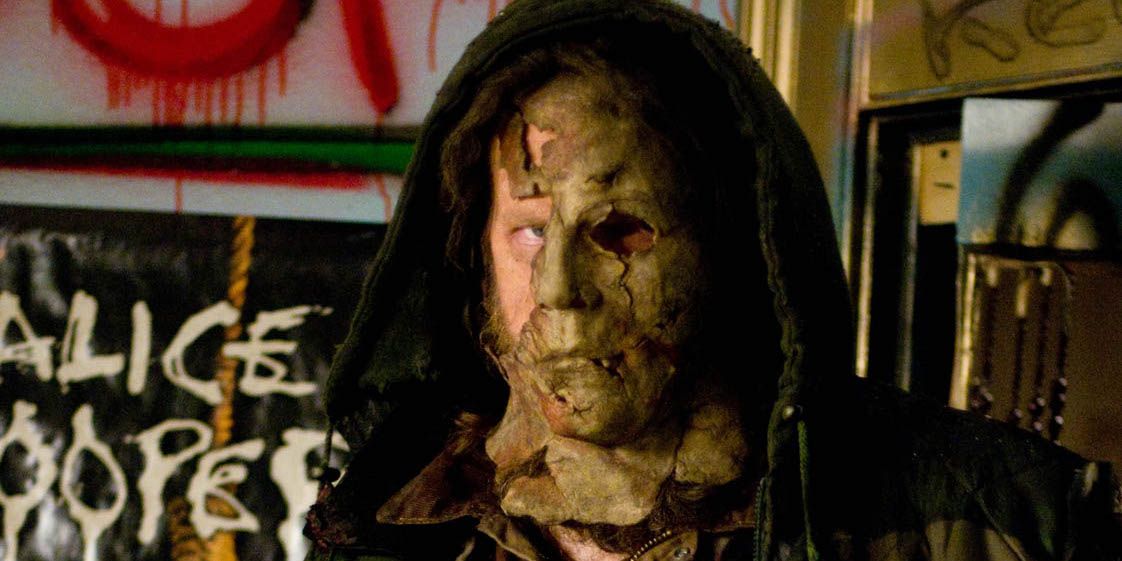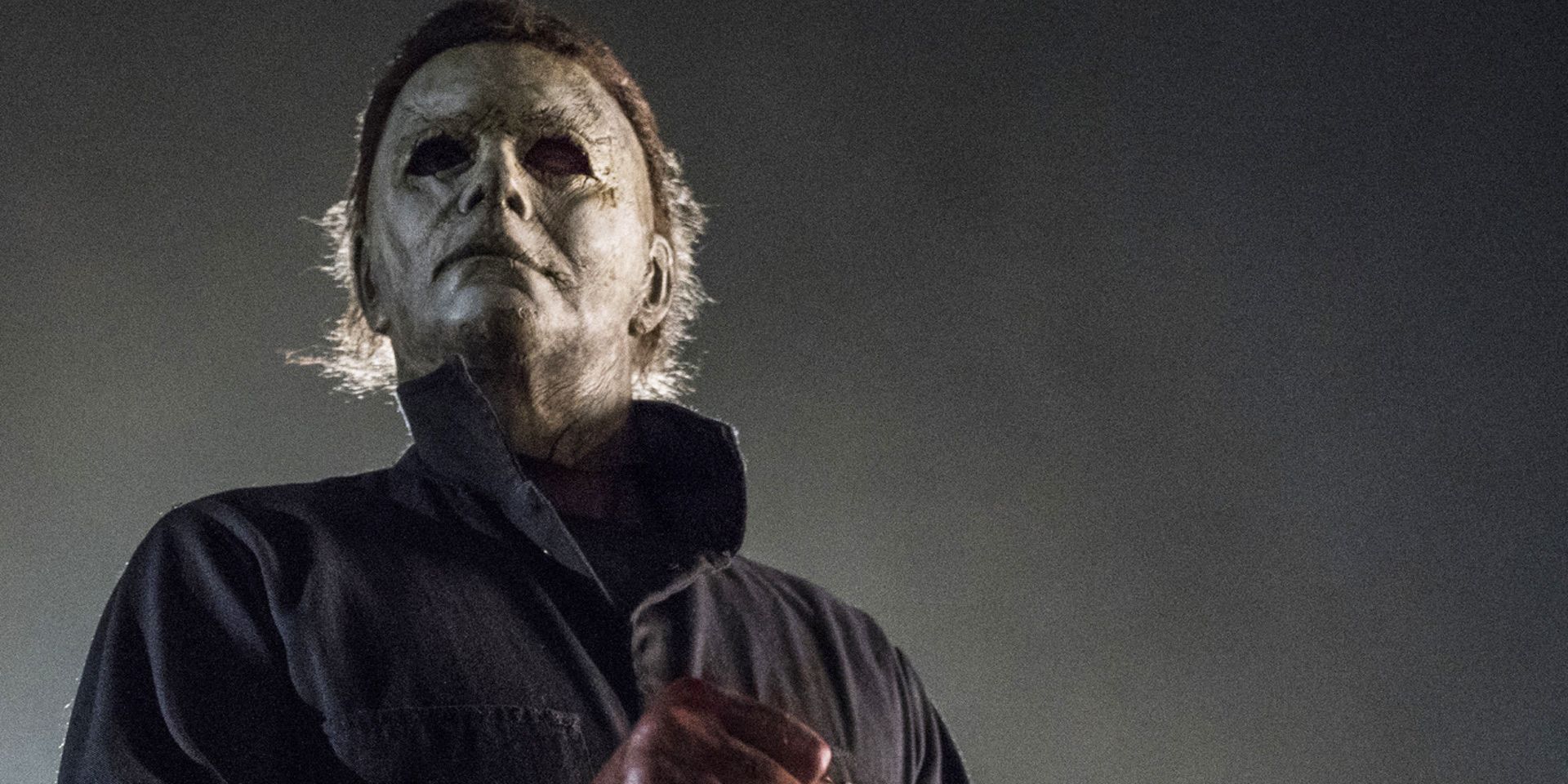For one of the most iconic masks in cinematic history, Michael Myers' white mask from the Halloween films has varied considerably across its 10 appearances in the slasher movie franchise. Famously developed from a cheap 1975 Captain Kirk mask with production designer Tommy Lee Wallace painting the rubber mask white while widening the eye holes and changing the hair, the Shape's visage is one of the most recognizable faces in modern horror fiction, on par with Jason Voorhees' hockey mask from the Friday the 13th films.
Despite this, the mask has rarely ever been used in subsequent installments, leading to noticeable differences in each entry. As production budgets changed drastically and featured a rotating set of filmmakers, no two masks are truly alike, with differences in the mask's quality often being a reliable indicator of the film's overall quality and tone.
RELATED: New Halloween Clip Reminds Us Not to Go Trick-or-Treating in Haddonfield
The 1978 original Halloween's mask set the standard with startlingly efficiency: Emotionally blank with Myers' neck occasionally exposed and the hair not overly disheveled. In a few, brief moments, Myers' eyes are visible, but usually obscured in shadow, adding to the concept that the Shape is the personification of pure evil.
While the original mask worn by actor Nick Castle survived to be used by stuntman Dick Warlock in 1981's Halloween II, the three-year gap had visibly changed the mask's appearance. The mask fit more snugly on Warlock's head in comparison to Castle, making its overall appearance less gaunt than the preceding film. Additionally, the quality of the hair had noticeably deteriorated in the interim, leading the filmmakers to replace it with a more matted hair, exposing more of the mask's forehead.
RELATED: Michael Myers Stalks a New Victim in Halloween Clip
After a failed attempt to turn the franchise into an anthology horror film series with 1982's Halloween III: Season of the Witch, the Shape was front and center once again in 1988's Halloween 4: The Return of Michael Myers. The film reinvigorated the franchise, as the subgenre it had popularized was in decline, though a rushed filming schedule meant the final film actually features two vastly different versions of The Shape's mask.
For much of the film, Myers' mask is much whiter than previous incarnations, with a visibly rounded design, softer facial features and hair more neat than it had appeared in the preceding films. This version followed an earlier design that was briefly filmed without any camera tests beforehand. Upon reviewing the footage, the mask, which featured a longer, more angular design and longer, more unkempt blond hair, was deemed unsatisfactory by the sequel's producers. While several scenes using this version of the mask were reshot completely, it can be briefly glimpsed when Myers attacks Dr. Sam Loomis in a school.
RELATED: Halloween: John Carpenter’s New Score Gets the Spotlight in Featurette
For much of 1989's Halloween 5: The Revenge of Michael Myers, the Shape is largely obscured, mainly sticking to the shadows and the periphery with, the camera rarely showing Myers' mask clearly. While there is certainly a stylistic intent in play to recapture the pacing and aesthetics of the 1978 original film, it also helps hide the fact that the mask in Halloween 5 is easily the worst one used in the entire franchise. Poorly fitting with longer, slicked-back hair and wide neck, it more closely resembles a Cardassian from Star Trek than it does the Shape. Given the slapdash, low-budget approach for the fifth entry, it makes sense that Myers also looks like a bargain brand variant.
Page 2: [valnet-url-page page=2 paginated=0 text='One of the Worst Halloween Movies Gets One of the Best Masks']
While 1995's Halloween: The Curse of Michael Myers is not a great film by any means, quality of the Shape improves drastically since the previous entry and, as a result, is seen on screen more often than its predecessor. Better fitted with a tighter neck, neater hair and taller design, Myers' mask in the sixth entry is one of the few areas where the film exceeds Halloween 5 and is perhaps the best incarnation of the mask since Halloween II.
RELATED: Halloween: Michael Myers Goes on a Killing Spree in New TV Spots
Celebrating the 20th anniversary of the franchise, 1998's Halloween H20: 20 Years Later boasts the return of Jamie Lee Curtis as Laurie Strode, with the character coming face-to-face with her homicidal brother for the first time since the events of Halloween II. The hair is lighter and wilder, while the facial features are more clearly defined. Perhaps most jarringly, it is the mask where Myers' eyes are the most clearly visible -- a reminder to audiences that Laurie's long-lost sibling is the man behind the cheap rubber, underscoring the personal vendetta between the two. Though, it does become jarring as he usually sports a wide, googly-eyed expression.
The 2002 follow-up, Halloween: Resurrection, tamed the hair somewhat by being a bit more detailed than the mask from H20. The brow, mouth and nose are now more pronounced. The increased attention to detail was a result the franchise's attempted foray into found footage-style cinematography, as many of the film's many characters were fitted with body cams as part of the premise's reality series setup; the more detailed mask being better suited for the grainier sequences.
RELATED: Movie Legends: How an Early Screening Changed Halloween Forever
When filmmaker Rob Zombie rebooted the franchise in 2007, the new director was intent on recapturing the mask's look from the 1978 original. This back-to-the-basics approach delivered a mask that most closely resembled the original at the time, though it was more detailed than the first incarnation of the Shape, with longer, more disheveled hair and scars across the face and neck. And whereas previous masks seemed supernaturally clean, Zombie's initial version of the mask would get progressively dirtier, reflecting the more brutal and grounded tone of the film.
Given more creative freedom in the reboot's 2009 sequel, Zombie made the Shape barely recognizable, save for a dream sequence loosely inspired by the 1981 Halloween II. With the sequel much dirtier and meaner than its predecessor, Zombie's follow-up showed more of the man behind the mask as the Shape deteriorated over the course of the film, exposing more and more of Michael Myers's true face, the mask becoming progressively more tattered until the sequel's finale.
RELATED: New Halloween Film May Already Be In The Works
This year's Halloween revival proves to be a return to form in many ways as a loose remake of the 1978 original film that follows up on the events of the film 40 years later. In addition to strongly recapturing the spirit of John Carpenter's classic slasher film, the new movie faithfully recreates The Shape from the first film, albeit intentionally weathered and dirty to reflect the passage of time since Myers' infamous 1978 rampage.
The Shape is one of the most recognizable masks in horror fiction and, while it has changed in appearance across ten films in 40 years, the emotionless stare and pale visage peering from the shadows has been burned into the minds of millions of viewers ever since Michael Myers first burst on to the scene in 1978. The Shape is back both for returning audiences and to scare a whole new generation. Happy Halloween.
Debuting on October 19, the latest Halloween is directed by David Gordon Green from a script written with Danny McBride and Jeff Fradley. The film stars Jamie Lee Curtis, Judy Greer, and Andi Matichak with Nick Castle and James Jude Courtney sharing the role of masked killer Michael Myers. The film is executive produced and scored by original filmmaker John Carpenter.

